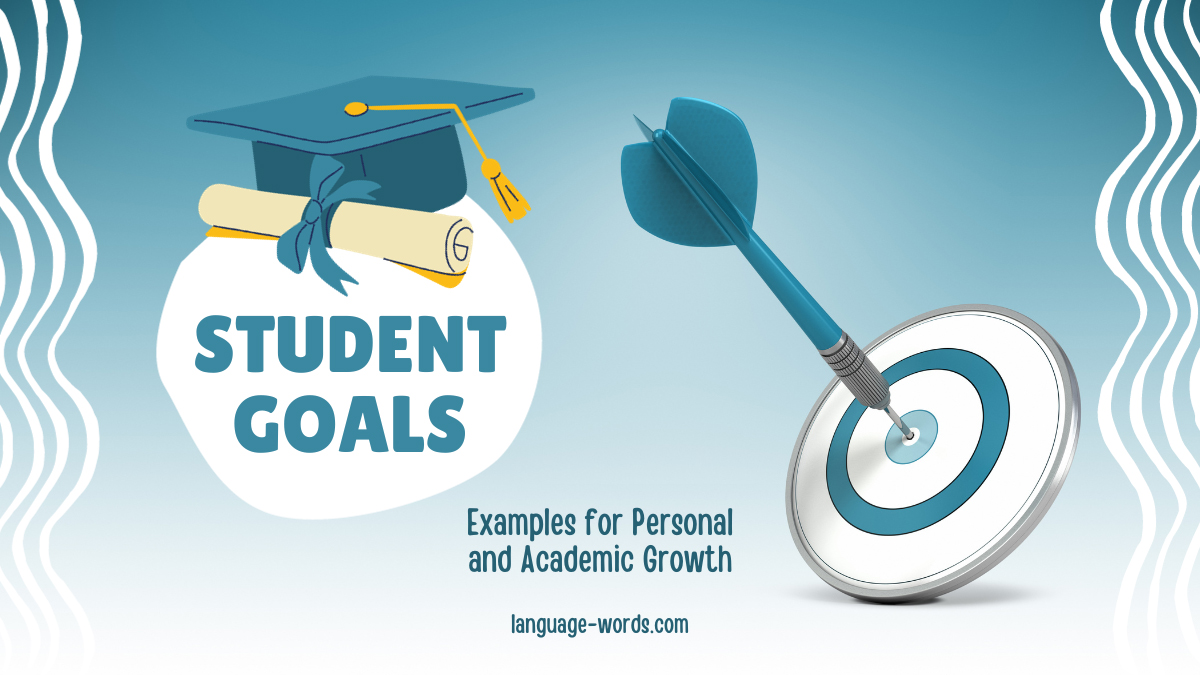Understanding the Importance of Setting Goals
Setting goals is an essential aspect of personal and academic growth. Studies have shown that individuals who set specific goals are more likely to achieve success. As an educator, I cannot overstate the importance of teaching students how to set and work towards their goals.
Why are goals important?
- Motivation: Setting clear and achievable goals helps students stay motivated and focused. When students have something to strive for, they are more likely to put in the effort required to succeed.
- Direction: Goals provide students with a sense of direction. They know what they want to achieve and can create a roadmap to reach their desired destination.
- Confidence: Achieving goals boosts students’ self-confidence and self-esteem. When they see their hard work paying off, it encourages them to take on new challenges and set even higher goals.
- Organizational skills: Setting goals teaches students valuable organizational skills. They learn how to prioritize tasks, manage their time effectively, and develop problem-solving abilities.
- Long-term success: By setting goals, students develop a mindset focused on long-term success. They learn to persevere through obstacles and setbacks, ultimately increasing their chances of achieving their aspirations.
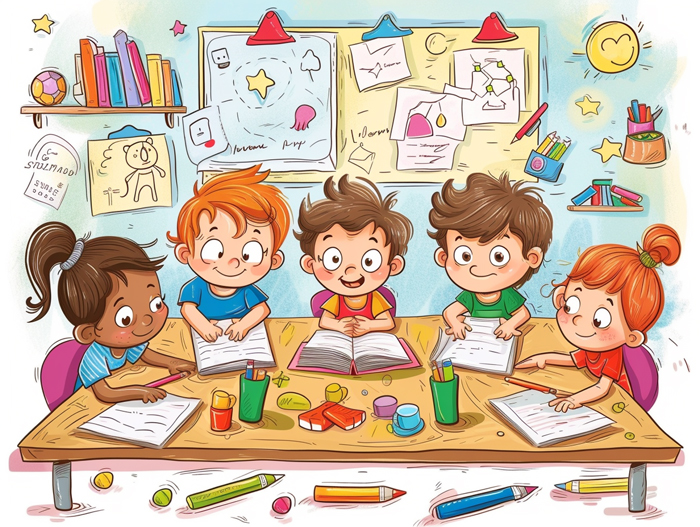
Teaching goal-setting to students
As an educator, I play a pivotal role in teaching students how to set goals. Here are some strategies I utilize to promote goal-setting in my classroom:
- Setting clear expectations: I provide students with guidelines on how to create SMART goals (Specific, Measurable, Achievable, Relevant, Time-Bound).
- Encouraging reflection: I encourage students to reflect on their strengths, weaknesses, and interests to identify areas for improvement and set goals accordingly.
- Creating action plans: I guide students in breaking down their goals into smaller, manageable steps, helping them create concrete action plans.
- Providing support: I offer support and resources to help students overcome obstacles and stay on track towards achieving their goals.
- Celebrating milestones: I celebrate students’ progress and milestones to reinforce their motivation and boost their confidence along the way.
Setting goals plays a pivotal role in personal and academic growth. By teaching students the importance of goal-setting, we equip them with valuable life skills that will benefit them not only in the classroom but throughout their lives.
Definition List For Examples of student goals
As an educator, I understand the importance of setting goals for student success. By helping students establish specific objectives, we can guide them towards growth and achievement. Here are some examples of student goals that can foster personal and academic development:
- Improving Academic Performance: Encouraging students to set goals related to their academic performance can motivate them to strive for excellence. Examples of such goals include aiming for higher grades, improving study habits, or mastering a particular subject.
- Developing Time Management Skills: Time management is a crucial skill for students to learn, as it helps them balance their academic workload with other commitments. Students can set goals to manage their time effectively by creating study schedules, sticking to deadlines, and avoiding procrastination.
- Enhancing Communication Skills: Effective communication is essential for both personal and professional success. Students can set goals to improve their verbal and written communication skills, such as participating more actively in class discussions, delivering presentations confidently, or writing clearly and coherently.
- Building Social Skills: Social skills are important for establishing positive relationships and working collaboratively. Students can set goals to enhance their social skills, such as actively listening to others, resolving conflicts peacefully, or practicing empathy and understanding towards their peers.
- Developing Critical Thinking Skills: Critical thinking skills enable students to analyze information, solve problems, and make informed decisions. Setting goals related to critical thinking can include seeking out diverse perspectives, asking thoughtful questions, or evaluating evidence to support their arguments.
- Promoting Personal Growth: Encouraging students to set goals that foster personal growth can help them develop a strong sense of self and resilience. Examples include improving self-confidence, developing a growth mindset, or overcoming personal challenges.
Remember, these are just a few examples of student goals. It’s important to promote a diverse range of goals that align with each student’s interests, abilities, and aspirations. By setting specific objectives, students can enhance their motivation, focus, and overall academic success.
Types of Goals for Students
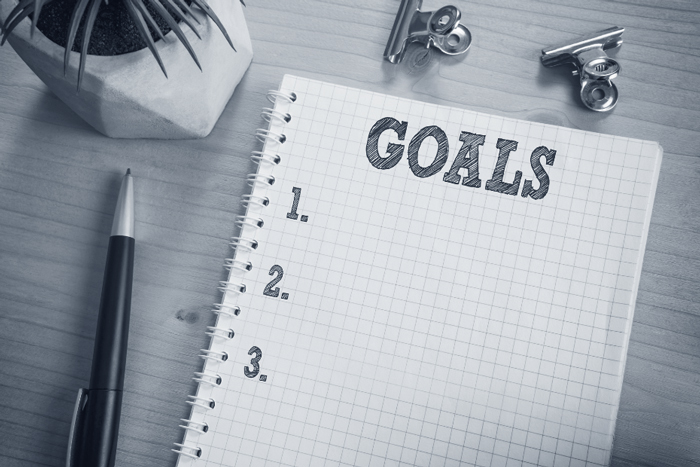
Academic Goals
When it comes to academic goals, students can focus on improving their performance and skills in various subjects. These goals can help them excel in their studies and achieve academic success. Here are a few examples:
- Improving Math Skills: This goal focuses on strengthening mathematical abilities, such as problem-solving, number sense, and critical thinking.
- Enhancing Reading Comprehension: By setting this goal, students aim to improve their understanding of texts, vocabulary, and reading fluency.
- Mastering Writing Skills: This goal involves developing proficiency in written expression, including grammar, spelling, and organization.
Career Goals
Setting career goals helps students prepare for their future professional endeavors. It gives them a sense of direction and helps them make informed decisions. Consider these examples of career goals for students:
- Exploring Different Professions: Students can set a goal to explore various careers by shadowing professionals or participating in career fairs, gaining insight into different industries.
- Developing Marketable Skills: This goal focuses on acquiring skills that are in demand in the job market, such as computer programming, communication, or problem-solving abilities.
- Planning Higher Education: Students can set goals related to pursuing higher education, such as researching colleges, preparing for standardized tests, or applying for scholarships.
Personal Development Goals
Personal development goals focus on fostering holistic growth and self-improvement. These goals help students develop essential life skills and reflect on their personal qualities. Consider these examples of personal development goals:
- Enhancing Time Management Skills: Setting this goal helps students learn to effectively manage their time, prioritize tasks, and meet deadlines.
- Building Resilience and Emotional Intelligence: Students can set goals to develop resilience in the face of challenges, manage stress, and improve their ability to understand and regulate emotions.
- Promoting Healthy Habits: This goal encompasses various aspects of physical and mental well-being, such as creating healthy eating habits, staying active, and practicing self-care.
By setting specific goals in these areas, students can enhance their motivation, focus, and overall personal and academic success.
Characteristics of Effective Student Goals
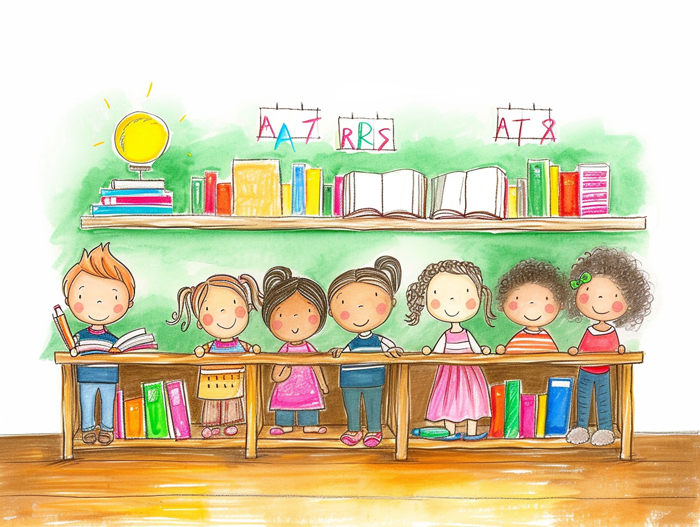
Specific and Measurable
When setting student goals, it is important to be specific and measurable. This means clearly defining what the goal is and how progress will be measured. By having a specific and measurable goal, students are able to track their progress and stay motivated. For example, instead of setting a vague goal like “improve math skills,” a specific and measurable goal would be “increase math test scores by 10% by the end of the semester.” This allows students to have a clear target to work towards and provides a tangible way to assess their improvement.
Realistic and Attainable
Effective student goals should also be realistic and attainable. It’s important to set goals that are within reach and can be accomplished with effort and determination. Setting unrealistic goals can lead to frustration and a decrease in motivation. By setting goals that are challenging but achievable, students are more likely to stay committed and motivated to reach them. For example, if a student struggles with reading comprehension, a realistic and attainable goal could be to improve reading comprehension by one grade level over the course of the academic year.
Time-Bound
Adding a time frame to student goals is another important characteristic. Time-bound goals establish a sense of urgency and help students stay focused and motivated. By setting a deadline for achieving the goal, students can break it down into smaller milestones and monitor their progress. For example, a time-bound goal could be to complete a research project within four weeks. This provides a clear timeframe for students to work towards and helps them manage their time effectively.
Relevant and Aligned with Values and Interests
Lastly, effective student goals should be relevant and aligned with their values and interests. When goals are meaningful and personally significant, students are more likely to be motivated to work towards them. It is important to consider each student’s unique interests, abilities, and aspirations when setting goals. For example, if a student has a passion for art, a relevant and aligned goal could be to participate in an art competition or create a portfolio of their artwork. By connecting goals to what students care about, it enhances their motivation and engagement.
Remember, when setting student goals, it is crucial to make them specific and measurable, realistic and attainable, time-bound, and relevant and aligned with values and interests. By incorporating these characteristics, educators can help students develop effective goals that lead to personal and academic growth.
Examples of Academic Goals for Students

As an educator, one of my main priorities is to help students set and achieve their goals. Academic goals play a crucial role in students’ personal and academic growth. Setting specific objectives not only enhances their motivation and focus but also leads to overall academic success. In this section, I will provide examples of academic goals that can inspire and guide students in their journey of learning.
Improve GPA
One common academic goal that many students strive for is improving their GPA (Grade Point Average). A higher GPA not only reflects a student’s academic proficiency but also opens doors to various opportunities. Here are a few strategies and actions that students can take to improve their GPA:
- Attend all classes and actively participate in discussions.
- Seek help from teachers or tutors when facing difficulties in understanding concepts.
- Review class notes and textbooks regularly to reinforce learning.
- Use effective study techniques, such as creating flashcards or summarizing main ideas.
- Complete assignments on time, ensuring quality work.
Complete Assignments on Time
Another important academic goal is to develop the habit of completing assignments on time. Meeting deadlines not only demonstrates responsibility but also allows students to fully engage with the learning process. Here are some strategies students can implement to achieve this goal:
- Break down larger tasks into smaller, manageable parts.
- Create a schedule or use a planner to organize and prioritize assignments.
- Avoid procrastination by starting assignments early.
- Seek clarification from teachers if instructions are unclear.
- Set aside dedicated time for completing assignments, minimizing distractions.
Participate More in Class
Active participation in class is not only beneficial for learning but also helps students build confidence and develop critical thinking skills. By setting a goal to participate more in class, students can create an engaging and collaborative learning environment. Here are some ways students can increase their participation:
- Ask questions and seek clarification on concepts or topics of interest.
- Contribute to class discussions by sharing personal experiences or opinions.
- Volunteer for group activities or presentations.
- Take notes during lectures and actively listen to peers’ perspectives.
- Reflect on class materials and actively engage in critical thinking.
Incorporating these examples of academic goals can empower students to take ownership of their learning and strive for excellence. It is essential to remember that each student’s goals may vary based on their individual strengths, interests, and aspirations. By fostering a supportive and goal-oriented learning environment, educators can assist students in their journey towards personal and academic growth.
Examples of Career Goals for Students
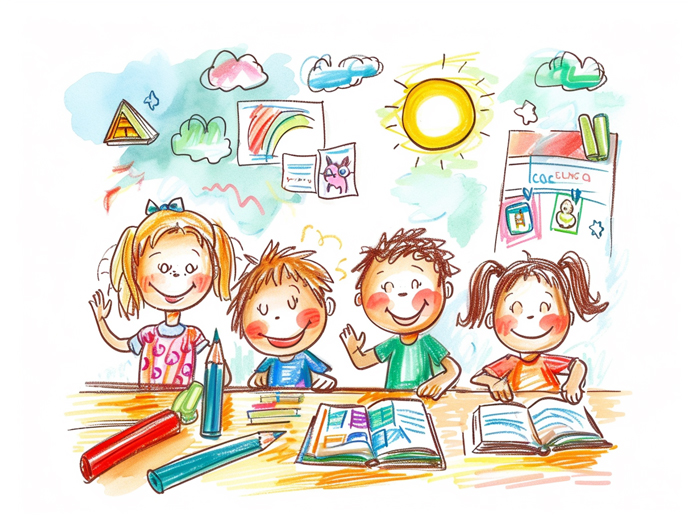
Securing an Internship in a Desired Field
One valuable career goal for students is to secure an internship in a field they are interested in. Internships provide real-world experience and allow students to apply the knowledge they have gained in their studies. By participating in an internship, students can gain valuable insights into their chosen profession, build a strong network of professionals, and enhance their resume. It provides an opportunity to work alongside experienced individuals, learn about industry practices, and develop essential skills relevant to their desired career path.
Developing Networking Skills
Another important career goal for students is to develop networking skills. Networking is crucial for establishing professional connections and exploring potential career opportunities. By building a network of peers, mentors, and professionals in their field of interest, students can gain valuable insights, advice, and opportunities for growth. Attending industry events, joining professional organizations, and connecting with professionals through social media platforms are all effective ways to develop and expand one’s network. Networking can open doors to internships, job opportunities, and mentorship, helping students in their future endeavors.
Gaining Relevant Work Experience Through Part-Time Jobs
Gaining relevant work experience through part-time jobs is a practical career goal for students. Part-time jobs provide an opportunity to gain hands-on experience, develop transferable skills, and understand the expectations of the workplace. Whether it’s working in a restaurant, retail store, or office, part-time jobs offer a chance for students to learn about teamwork, customer service, time management, and problem-solving. These experiences can contribute to a well-rounded skill set and make students more marketable to future employers.
Students can set career goals that align with their aspirations and drive their personal and professional growth. Examples of career goals for students include securing an internship in a desired field, developing networking skills, and gaining relevant work experience through part-time jobs. By pursuing these goals, students can enhance their knowledge, skills, and opportunities, setting themselves up for a successful future in their chosen career paths.
Examples of Personal Development Goals for Students
As an educator, I firmly believe in the importance of personal development goals for students. These goals go beyond academic achievements and focus on enhancing various aspects of a student’s life. Here are some examples of personal development goals that can benefit students’ overall growth and well-being:
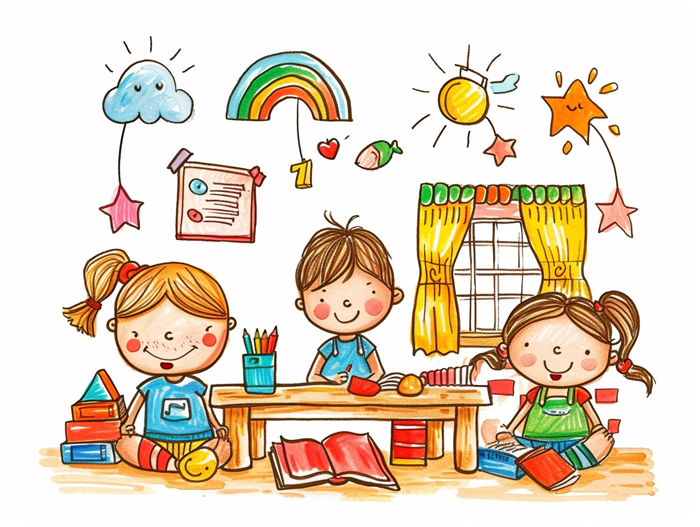
Improve Time Management Skills
One crucial skill that students must develop is effective time management. A lack of proper time management can lead to stress, missed deadlines, and poor performance. By setting goals to improve time management skills, students can learn to prioritize tasks, allocate time efficiently, and maintain a healthy work-life balance. Some examples of time management goals for students include:
- Creating a study schedule and sticking to it
- Breaking down larger tasks into smaller, manageable chunks
- Setting realistic deadlines for completing assignments
Enhance Study Habits
Good study habits are vital for academic success. Setting goals to improve study habits can help students become more organized, focused, and efficient learners. By adopting effective study strategies, students can maximize their learning potential and retain information more effectively. Here are a few examples of study habits goals for students:
- Establishing a dedicated study space free from distractions
- Practicing active reading and note-taking techniques
- Developing a consistent study routine
Boost Self-Confidence
Building self-confidence is crucial for personal and academic growth. It empowers students to take risks, express themselves, and overcome challenges. By setting goals to boost self-confidence, students can develop a positive mindset and believe in their abilities. Here are a few examples of self-confidence goals for students:
- Participating more actively in class discussions
- Presenting projects or assignments with confidence
- Trying new activities or joining clubs to explore interests
Remember, personal development goals for students should be tailored to their individual needs, interests, and aspirations. Encourage students to reflect on their strengths and areas for improvement, and then set goals that align with their personal growth journey.
By setting and achieving personal development goals, students can enhance their overall well-being, become self-directed learners, and cultivate skills that will benefit them throughout their lives.
Conclusion
Setting goals is a vital aspect of personal and academic growth for students. Research has consistently shown that individuals who set specific goals are more likely to achieve success. As an educator, it is crucial to teach students how to set goals effectively. By implementing strategies such as setting clear expectations, encouraging reflection, creating action plans, providing support, and celebrating milestones, students can develop the skills needed to set and achieve their goals.
Throughout this article, we have explored various examples of student goals that can foster personal and academic development. These goals include improving academic performance, developing time management skills, enhancing communication skills, building social skills, developing critical thinking skills, and promoting personal growth. It is important to promote a diverse range of goals that align with each student’s interests, abilities, and aspirations.
By setting specific objectives, students can enhance their motivation, focus, and overall academic success. Whether it is academic goals, career goals, or personal development goals, each type of goal serves a unique purpose in a student’s journey. Academic goals focus on improving performance and skills in specific subjects, career goals involve exploring different professions and developing marketable skills, while personal development goals focus on enhancing various aspects of a student’s life.

